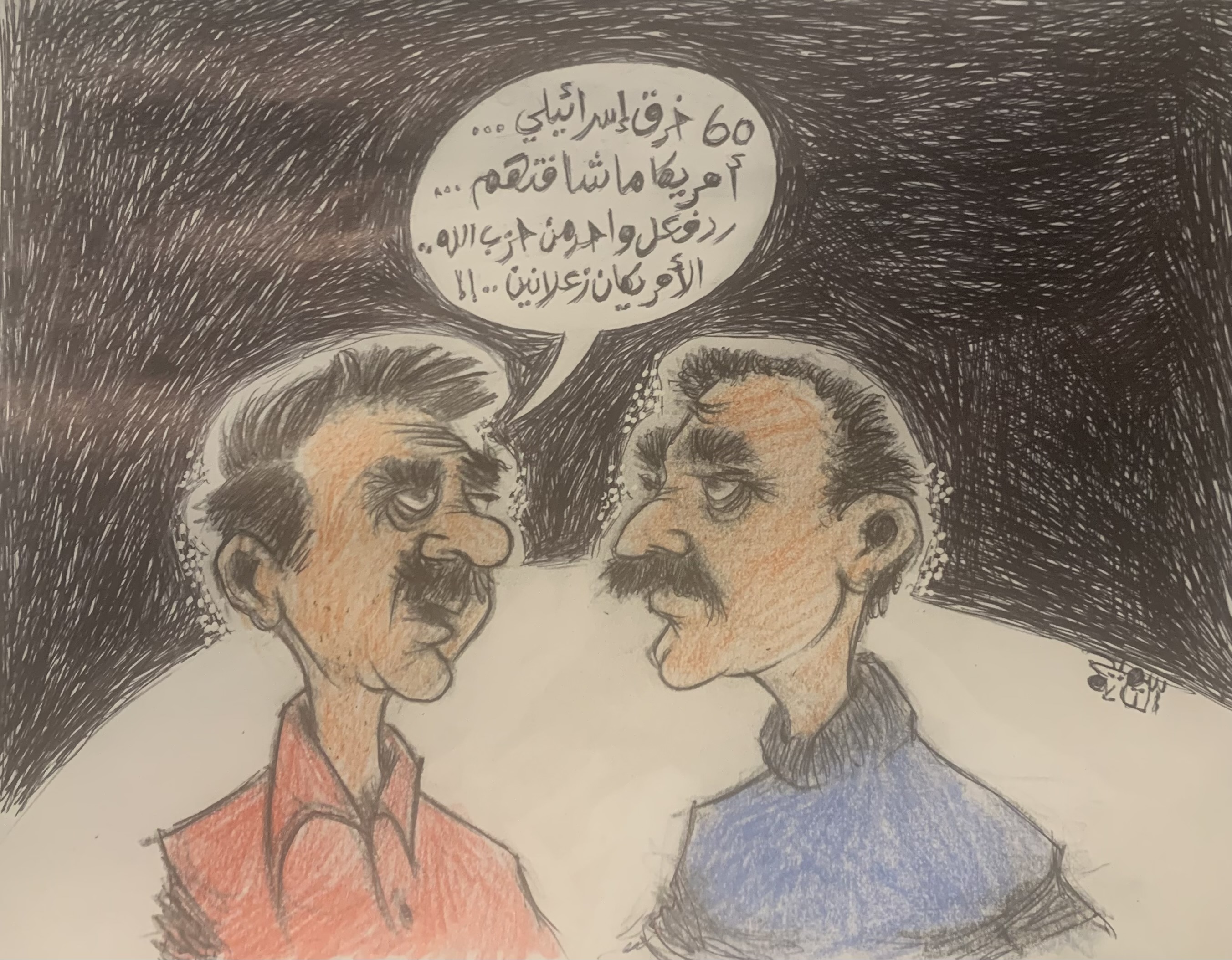
Written by Nasser Kandil,
Since the beginning of the crisis in Syria and the impossibility of overthrowing the country and its President as in Tunisia and Egypt, Russia was a partner in the international decision concerning the politics and the war in Syria, starting with the veto that disabled the international cover which America needs to make the war directly, and ending with the Russian military deployment and positioning in Syria and in the Mediterranean Sea. Practically five years ago was the date of the first veto on the Arab project to overthrow Syria according to Chapter VII, and its fall by the Russian Chinese veto. And the aggravated international dimension of the war on Syria which dominated over the local dimension. The status of Russia and America as two partners was present till the moving of the US fleets towards targeting Syria which was disabled due to the field veto of the Russian missiles which said that all the possibilities are open, so the fleets returned back after face-saving by the Russians through a political solution that ends with the abandonment of Syria of its chemical weapons.
At the end of the mutual discovering of the limits of the mutual readiness for going to the war in Syria defending the visions, interests, and the considerations which means for more than a year after the positioning of the Russians militarily and the start of the attack to restore the initiative by the Syrian army and its allies, the Americans were behaving on a basis of an equation of hiding behind the war on ISIS to establish influence bases in Syria most notably is the Kurdish gate, and to make use of the remaining of ISIS in order to prolong the time of exhausting Syria and the resistance axis, as once Jeffrey Feltman said to the Lebanese Deputy Walid Jumblatt. After having control of the rules of the war on ISIS as the US exclusive specialization through playing under the table with Al Nusra front directly and through the armed factions which were nominated as moderate by Washington, and which were described by the Former US President Barack Obama as fantasy that has no existence, but where the extremism and Al-Qaeda is a common background for these factions. This dual containment which experienced by Washington in the field is the same which it did in the negotiations which led to an understanding that did not emerge to light, because it depends on the decision of the transition to the US confrontation against Al Nusra front and the participation with the Russians in the war on it, in exchange of the partnership of the Russians in the war on ISIS. This partnership in the two confrontations will mean the acceleration of the elimination of the two organizations by mobilizing the allies of each of Washington and Moscow in a war on two common fronts that ensures the swift end of the two organizations.
During more than a year Moscow has followed a plan in which it has combined between the war on Al Nusra and the war on the associated factions towards exerting pressure on the regional sponsor of the armed groups represented by Turkey and which forms the first ally in the campaign led by Washington, because it has the ability to affect the war on Syria. It has put Turkey between two choices either to lose everything with the end of these factions militarily or to accept the political path that ensures a role for Turkey and for the factions which it sponsored under the ceiling of dismantling their relation with Al Nusra. Despite the skepticism of many of the feasibility of this plan which was disabled once at the gates of Aleppo nearly a year ago and then resumed towards the liberation of Aleppo, Turkey has reached the difficult choice and has entered the planned path till Astana. Moscow was not in need of a decision taken by Turkey and its factions for the war on Al Nusra but for a statement that foreshadows of that war, to pave the way for Al Nusra to wage the war in anticipation and thus to recall the Turkish US intervention to protect what is left of these factions after the decision of Al Nusra of getting rid of them.
On the other bank, Turkey and its formations stumble in the war on ISIS in Al Bab city, while ISIS's units attack the Syrian army in Deir Al Zour, after Al Raqqa and Mosul became threatened of fall during this year. So moving away to the south from the gate of Deir Al Zour became the available withdrawal plan for ISIS. Therefore, the real scene became a literal translation for what was desired by the Russian from the beginning. A scene in which the US aircraft is attacking sites of Al Nusra front and targeting its leaders, while the Russian strategic bombers attack ISIS's sites and target its leaders. This field military exchange happens along with strategic military exchange, where the departure of the US fleets from the Mediterranean Sea coincides with the coming and the positioning of the Russian fleets. This scene is culminated by an exchange in the political position in the Syrian crisis. The importance moved from US sponsorship that was at the front lines and then followed by Moscow as a second partner, to become Russian sponsorship and the partnership is American as an observer or a little more, Iran which was waiting to be invited to Geneva becomes at the first places of the sponsors, while Saudi Arabia which put veto on the Iranian presence is now waiting.
The speech of the US President Donald Trump about safe zones in Syria will not change anything but it will end with a talk about an understanding with the Syrian government on areas to accommodate the displaced returnees.
Translated by Lina Shehadeh,
2017-01-31 | عدد القراءات 2335









